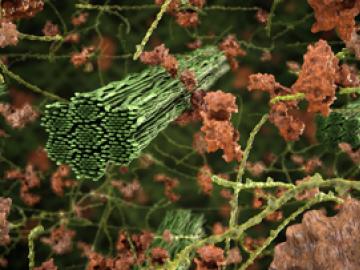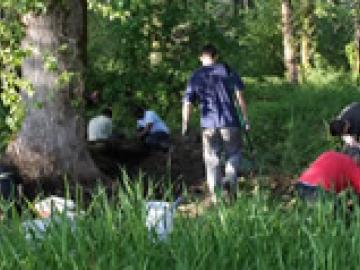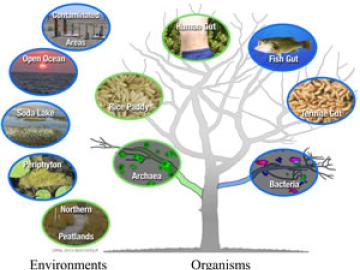Filter News
Area of Research
- (-) Advanced Manufacturing (4)
- (-) Biological Systems (5)
- Biology and Environment (17)
- Clean Energy (81)
- Climate and Environmental Systems (3)
- Computational Biology (2)
- Computer Science (3)
- Energy Sciences (4)
- Fusion and Fission (5)
- Fusion Energy (5)
- Isotopes (4)
- Materials (57)
- Materials for Computing (5)
- National Security (12)
- Neutron Science (29)
- Nuclear Science and Technology (22)
- Nuclear Systems Modeling, Simulation and Validation (2)
- Quantum information Science (3)
- Supercomputing (48)
- Transportation Systems (2)
News Type
Media Contacts

The Society of Manufacturing Engineers, known as SME, has named William Peter, director of Oak Ridge National Laboratory’s Manufacturing Demonstration Facility in the Energy and Environmental Sciences Directorate, among its 2020 College of SME Fellows.

Oak Ridge National Laboratory researchers have developed artificial intelligence software for powder bed 3D printers that assesses the quality of parts in real time, without the need for expensive characterization equipment.

ORNL has licensed two additive manufacturing-related technologies that aim to streamline and ramp up production processes to Knoxville-based Magnum Venus Products, Inc., a global manufacturer of fluid movement and product solutions for industrial applications in composites and adhesives.

OAK RIDGE, Tenn., Feb. 19, 2020 — The U.S. Department of Energy’s Oak Ridge National Laboratory and the Tennessee Valley Authority have signed a memorandum of understanding to evaluate a new generation of flexible, cost-effective advanced nuclear reactors.


ORNL study uses neutron scattering, supercomputing to demystify forces at play in biofuel production







